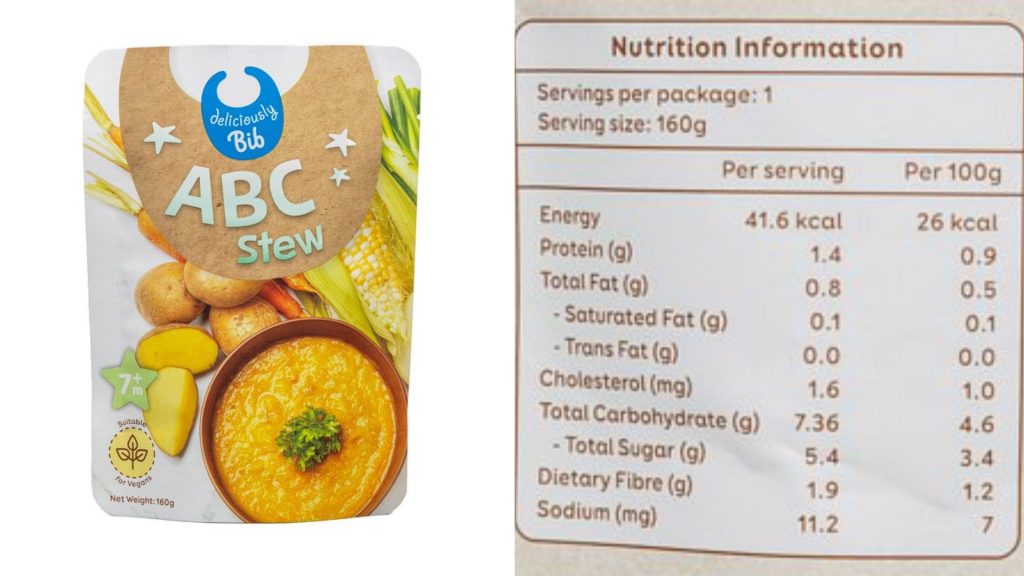Teach your kids to read the nutrition labels on a product. This way, they can help make better choices for themselves and the family. Advise them to look for the Healthier Choice symbol on products. These are usually lower in sodium, sugar and saturated fat compared to similar products. Meanwhile, they’re usually higher in wholegrains, dietary fibre and calcium.
Visualise Serving Sizes.

Take out two or three packaged food items that your child eats on a regular basis. Using a measuring cup, show them the serving-size number on the nutrition label. Next, let them measure out a single serving. They can tell you the number of serving sizes from the packaging, including juice bottles and fresh milk. However, most nutrition label serving sizes are based on a 2,000 calorie adult diet. Instead, toddlers up to two years old should eat a fifth or quarter of an adult portion at each meal. In addition, children three to six years old should have a third to half an adult portion.
Another way is to let your children choose their favourite snacks like puffs and pour out how much they want to eat. Using the nutrition label, have your child scoop their snacks into a measuring cup and see how close they’ve gotten to the actual serving size.
Read the Numbers

Show your kids the numbers beside calories, fat, sugar, fibre and cholesterol. Ideally, the foods should have 0 to 3g, 1.5g, 5g and 120mg of total fat, saturated fat, sugar and sodium per 100g respectively. Values above 20g, 5g, 15g, and 600mg of total and saturated fat, sugar and sodium should only be eaten sometimes. Look for foods rich in calcium, iron, zinc and vitamin D as kids are often lack these nutrients. Using these guidelines, you can also teach your little ones to compare two similar products so they can start to understand what a high or low amount looks like. For example, you might compare the amount of calcium in a milk carton vs a juice box.
Practice on snacks like Ivenet Bebe Finger Cheese ($8), which has 2 – 3g of protein, a mere 4 per cent of an adult’s daily values. For toddlers 1 – 5 years old, however, it provides 10 to 23 per cent of their daily protein needs. Moreover, it is a good source of calcium, phosphorus and other vitamins. Other healthy snacks include Ivenet Bebe Finger Yogurt ($7), where the raw ingredients are freeze dried to reduce the amount of nutrition lost. These healthy snacks contain no salt or flour, and contain 2 billion lactobacillus for optimal gut health.
Pronounce the Ingredients on the Nutrition Labels


Children can try pronouncing ingredients like high-fructose corn syrup or other long ingredient names. Such ingredients may include artificial colours, flavours, usually signs the food is of a lower nutritional quality. Compare these to snacks like the Rosy Organic rice puffs ($5.80) made of organic brown rice, dark chocolate, cocoa butter and non-fat dry milk. Grilled with different organic and natural ingredients, little ones can easily grasp these rice puffs with minimal powder on their hands. Next, let them search for nutrition labels on fruits or vegetables, which are usually the most nutritious and do not have labels.
Once your children have become proficient in reading these, let them compare different food labels, and choose healthier options. Give yourselves extra time when grocery shopping so your kids can practice comparing the food. Over time and with practice, your children can include reading labels to choose foods.
Ration the Calories

Toddlers and preschoolers will need 1,000 to 1,400 calories a day. Teach them that after they’ve consumed the amount of calories, they can’t eat anymore. Illustrate this with toy coins, blocks or cards with 100, 200, and 500 denominations of calories per day, taking away the calories after your child eats something. Help them choose lower calorie foods so they can eat more items. Challenge your kids to keep track of their calories in a day, and see if they can choose healthy options to reduce the amount of calories.
Relevant Reads: Healthy Eating Habits for Families
This article originally appeared on Motherswork.



